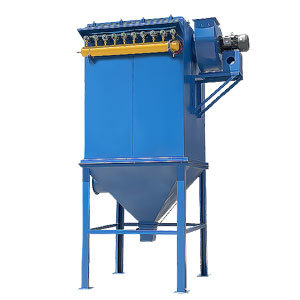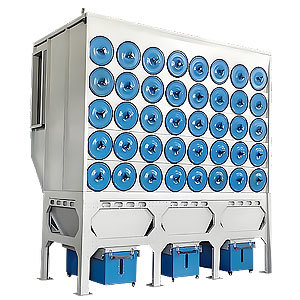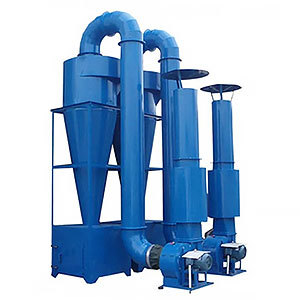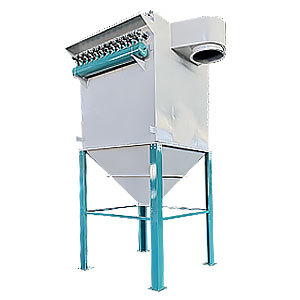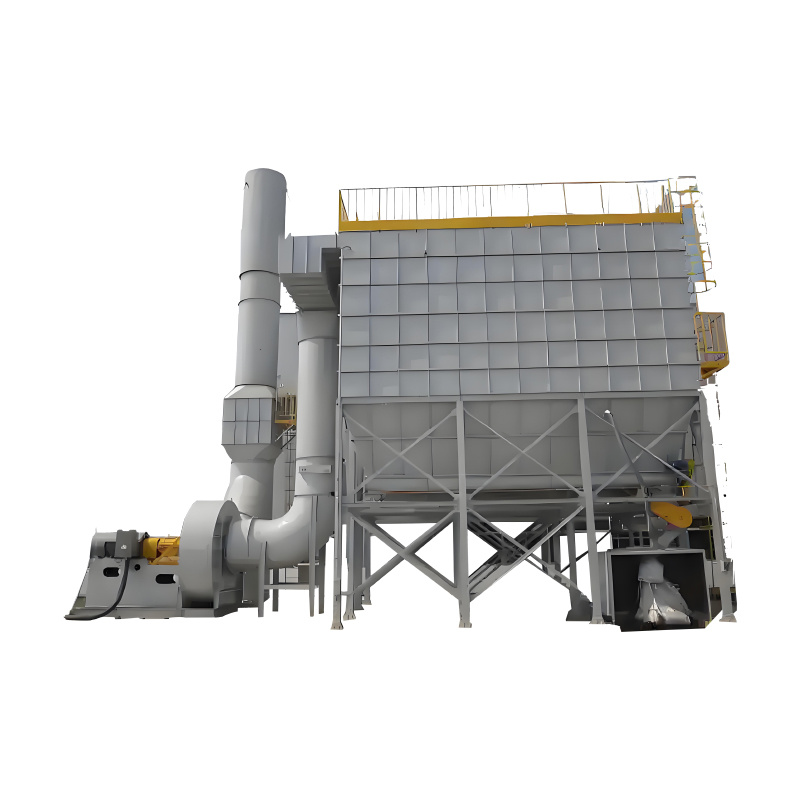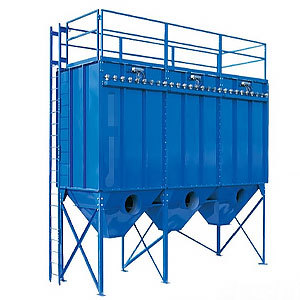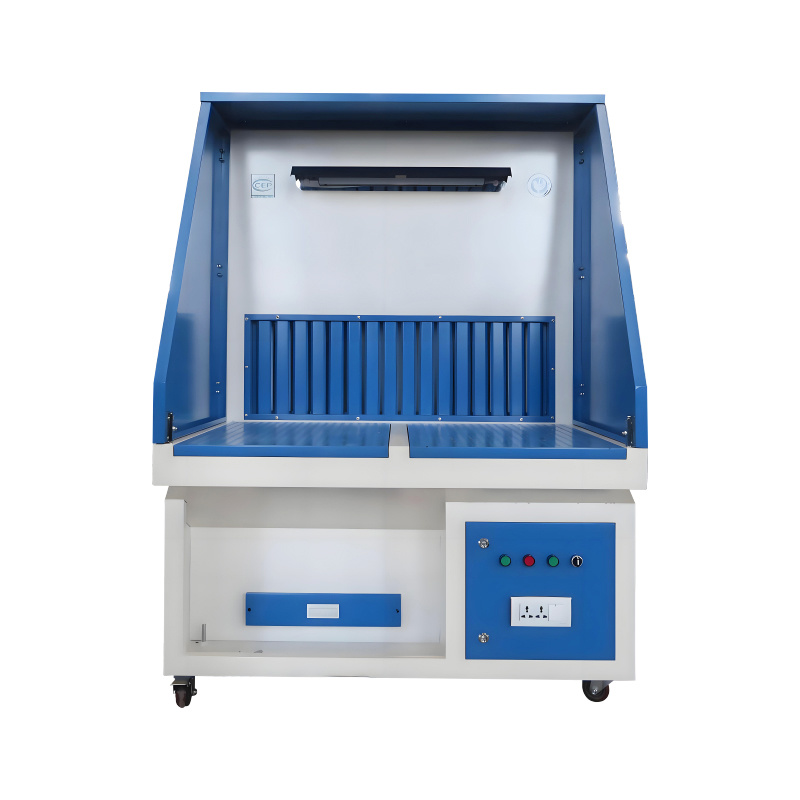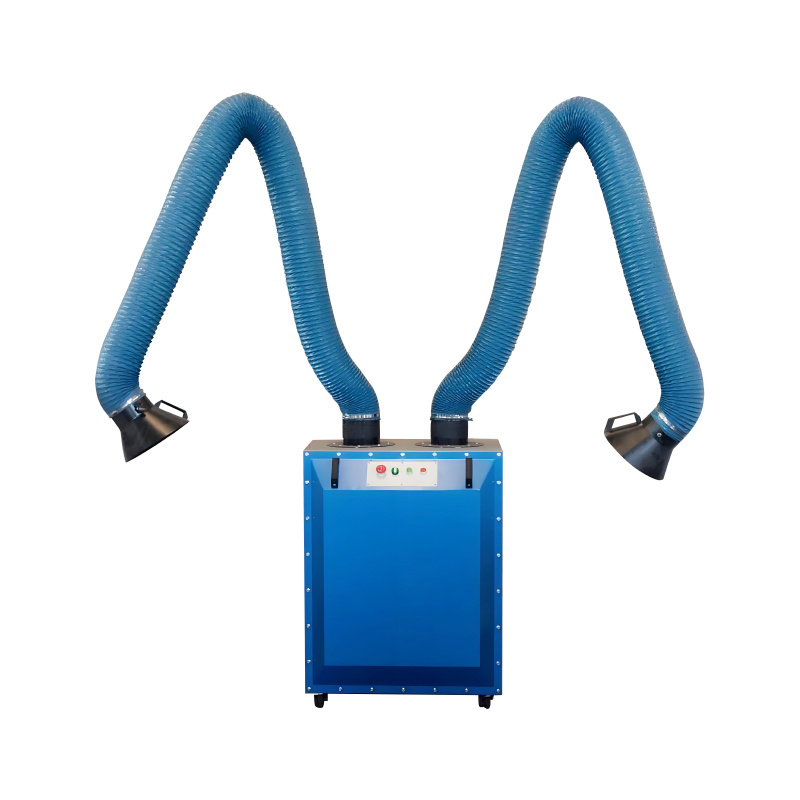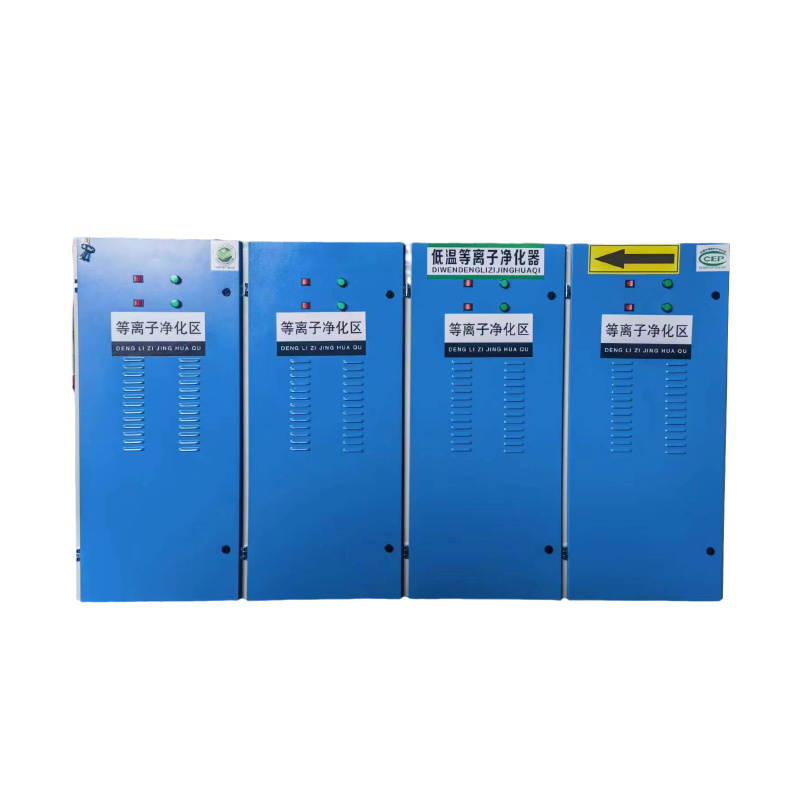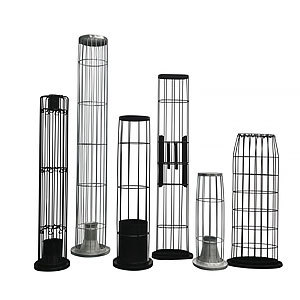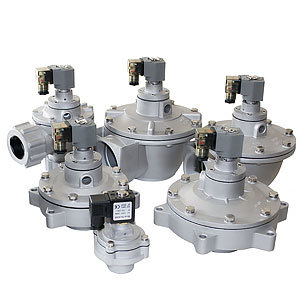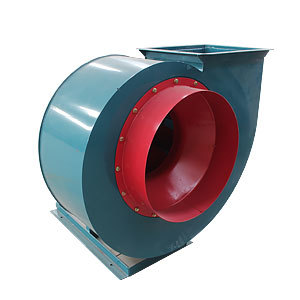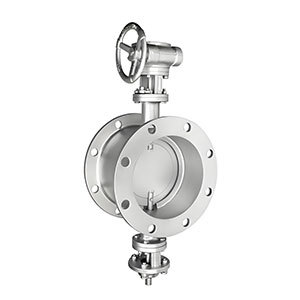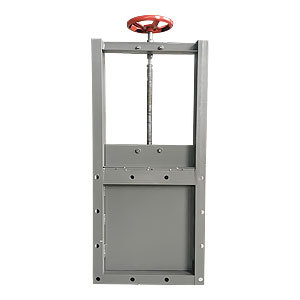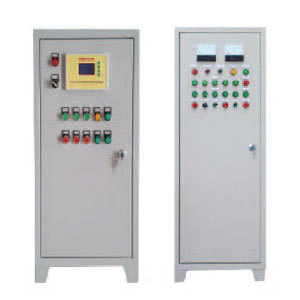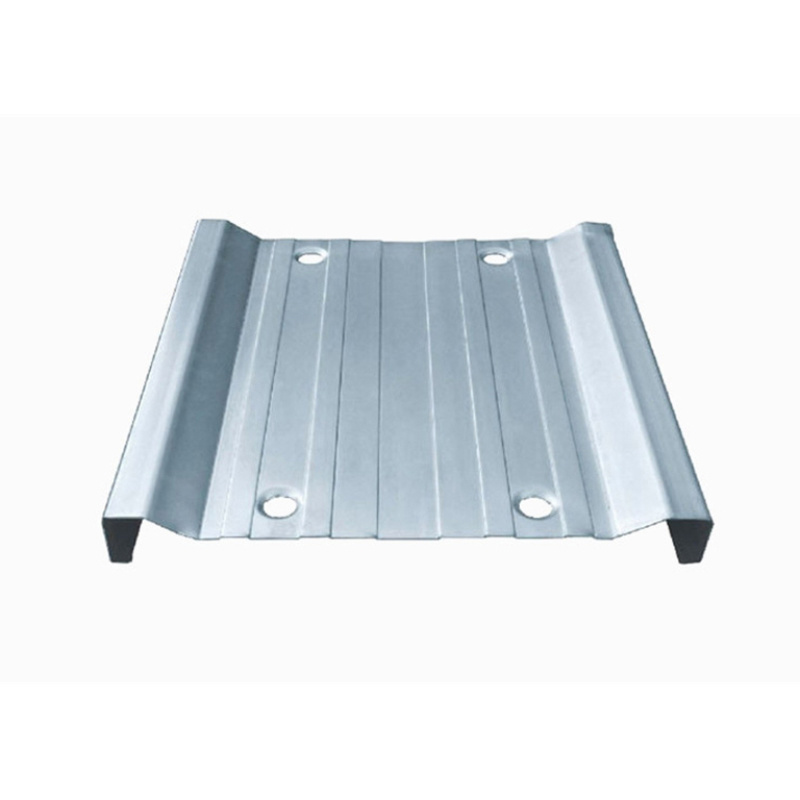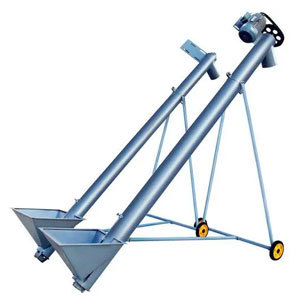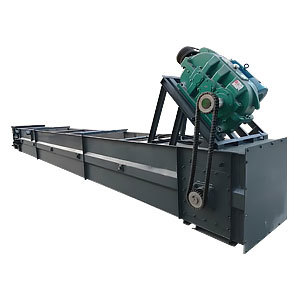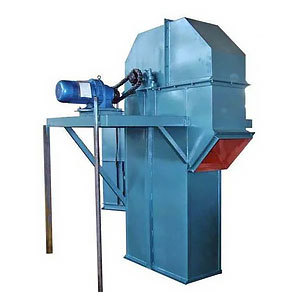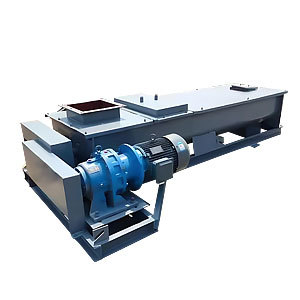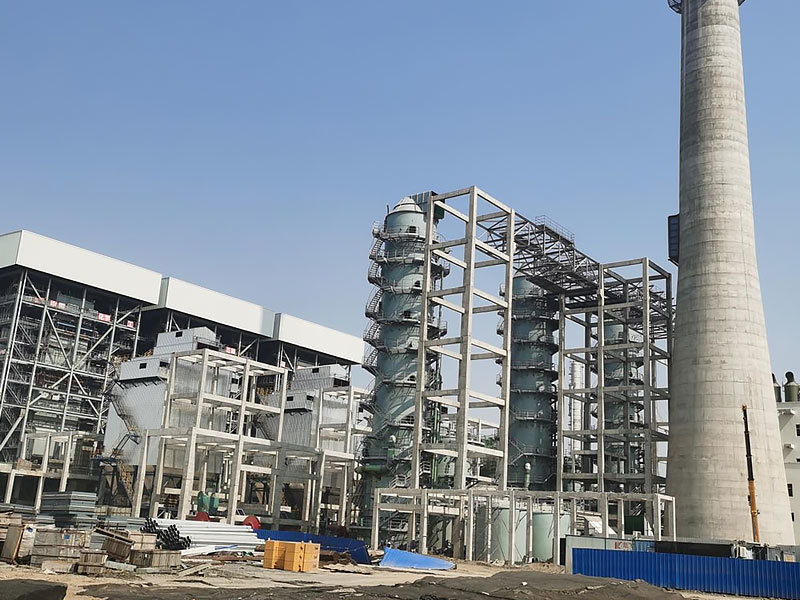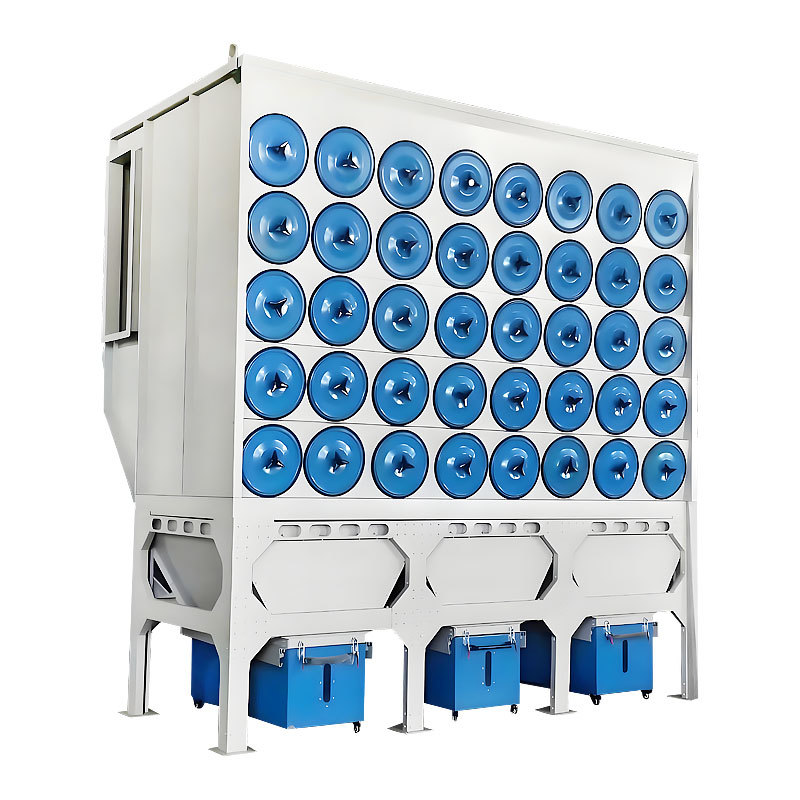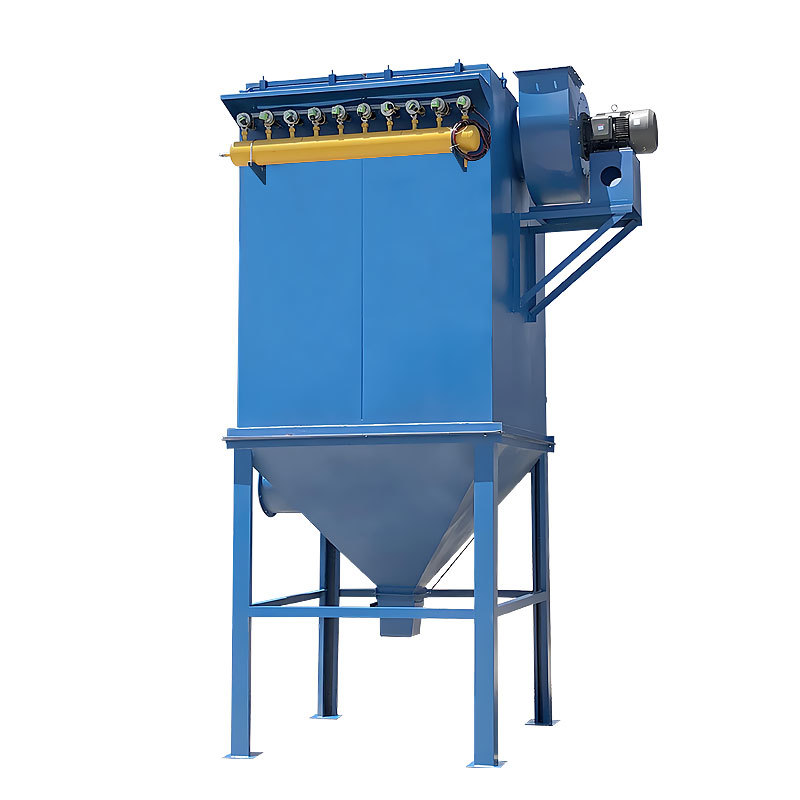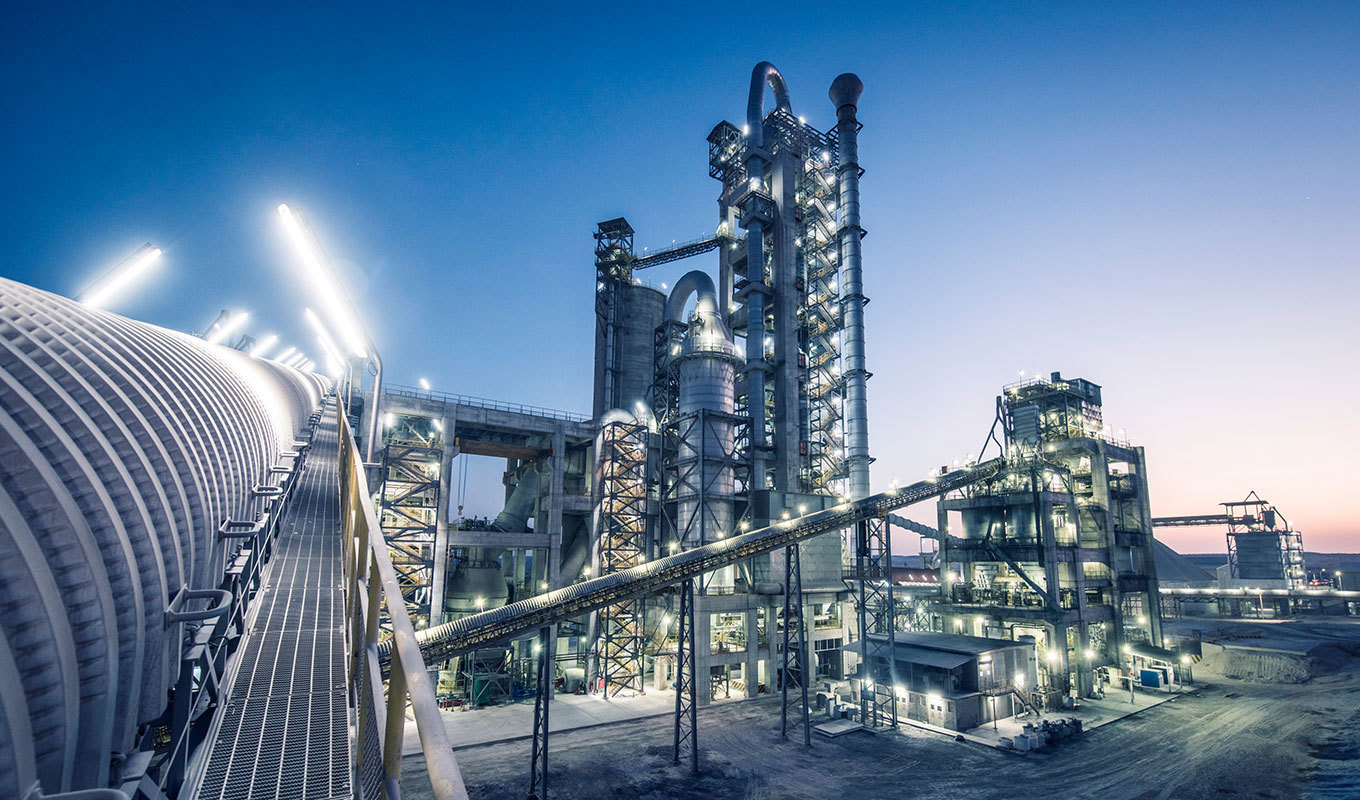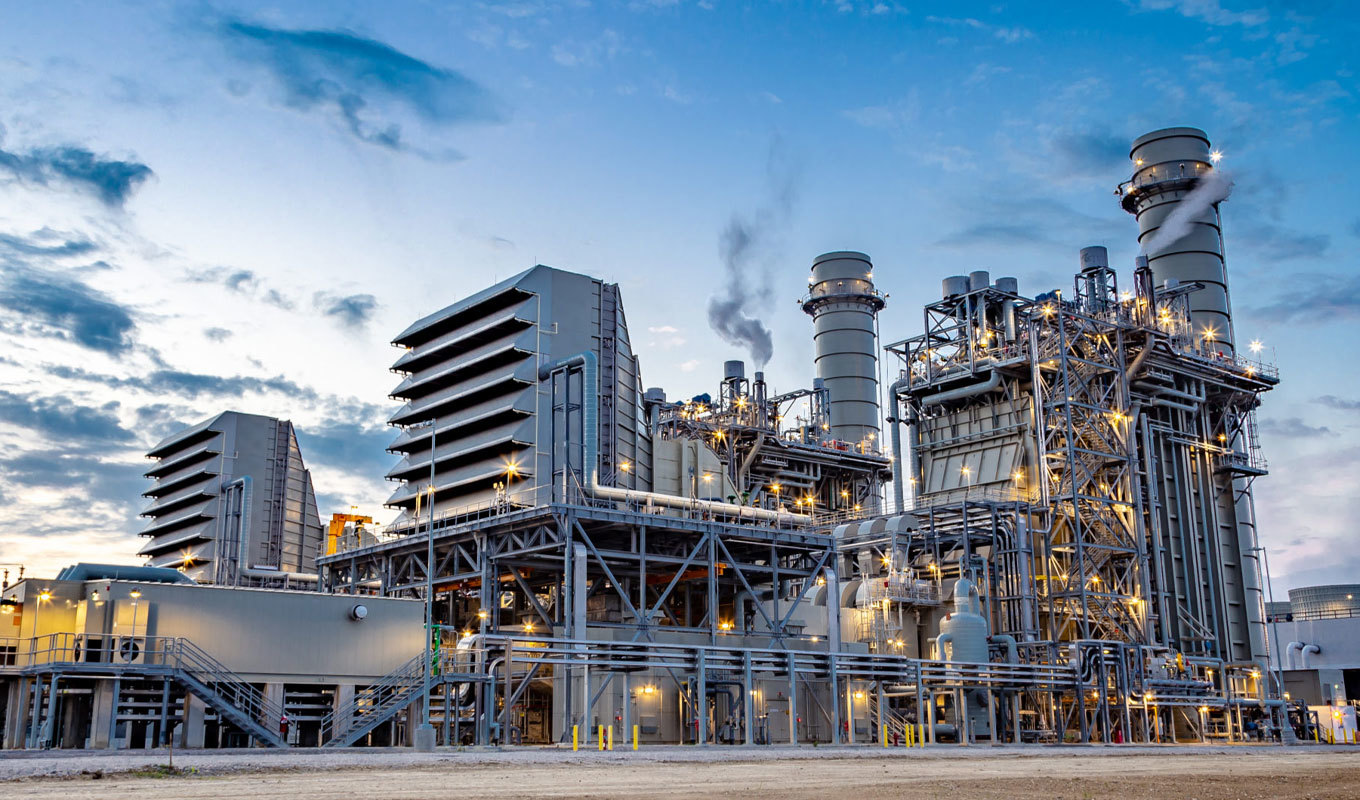Industrial Dust Collectors Solution: Pharmaceutical Industry
Sep 07,2024

In the pharmaceutical industry, fine processing of raw materials, mixing and drying operations are indeed prone to generate smoke and dust during the pharmaceutical process. These smoke and dust mainly come from processes such as friction, collision and chemical reaction between materials. Their composition is complex and may include dust, particulate matter, volatile organic compounds (VOCs) and harmful gases. The following is a specific analysis of the smoke and dust generated in these links:
1. Fine processing of raw materials
During the fine processing of raw materials, such as crushing and screening, the materials are broken into smaller particles, which are suspended in the air to form dust. In addition, some volatile organic compounds and harmful gases may be generated during the processing, further increasing the complexity of smoke and dust.
2. Mixing and stirring
During the mixing and stirring process, different materials are fully mixed in the agitator, and the friction and collision between the materials will generate a lot of dust. If the agitator is not tightly sealed or poorly ventilated, these dusts can easily escape into the air to form smoke and dust.
3. Drying operation
Drying operation is one of the important links in the production of smoke and dust in the pharmaceutical process. During the drying process, the moisture in the material is evaporated to form water vapor, and some solid particles may be carried to form smoke and dust. Especially when the material is heated unevenly in the dryer or the temperature is not properly controlled, it is more likely to produce a lot of smoke and dust.
Hot Tags:
PREVIOUS:
NEXT:


